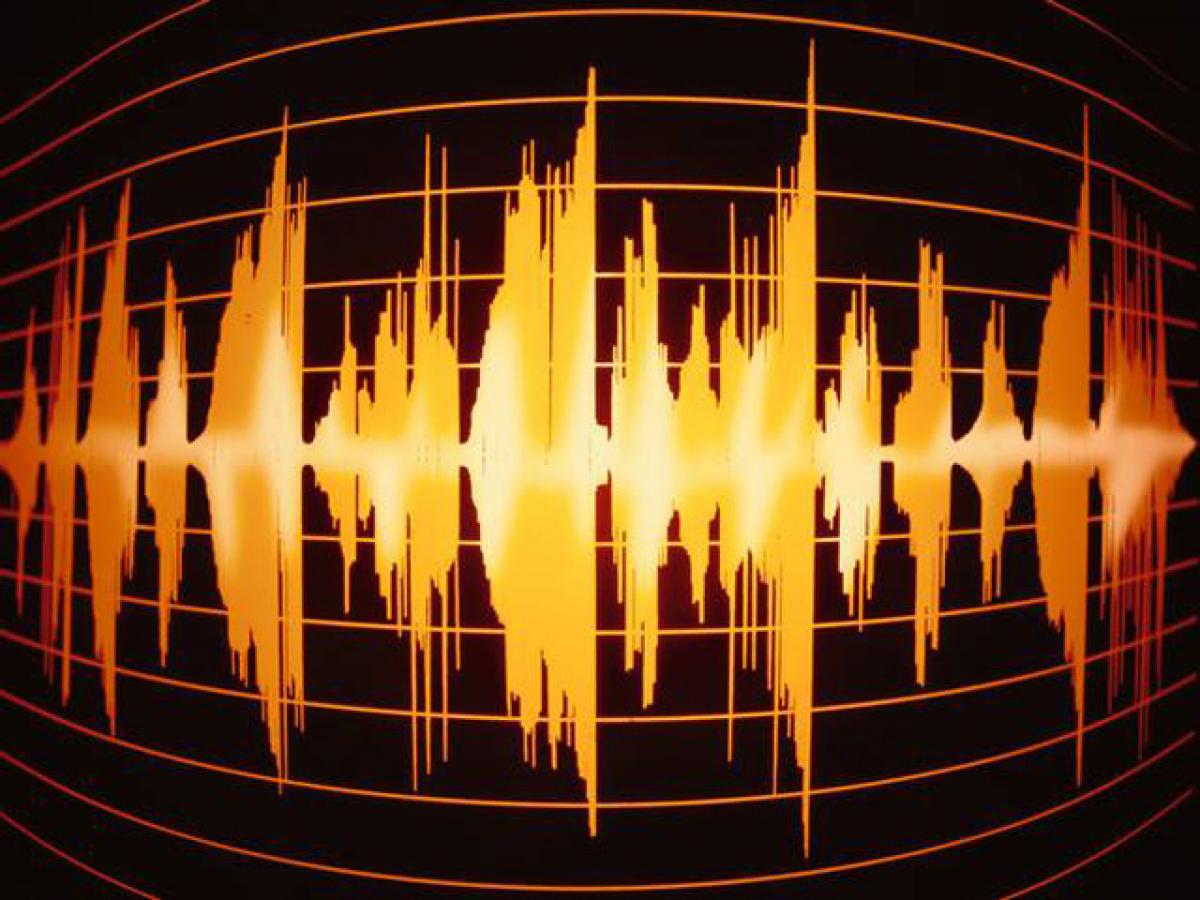Live
- Krishnaveeni Sangeeta Neerajanam held on a grand note
- MP gives ex gratia cheque to deceased wife
- Police solve boy’s murder case, arrest suspects
- APSRTC should operate night patrolling vehicles with mechanics to fix bus problems
- National seminar on ‘digital currency ecosystem’ held
- Naidu succeeding in projecting himself as the only hope of AP
- Tirupati MP calls for South India-based Parliamentary Sessions
- Gogarbham dam gates opened
- World AIDS Day Observed in Jogulamba Gadwal District
- Incessant rains swell reservoirs in Tirupati district
Just In

Voice Fingerprinting. In the wake of reports that the Telangana State ACB may seek voice samples of AP Chief Minister N Chandrababu Naidu in the cash-for-vote scam, let us know what the sleuths do with voice samples in crime investigation.
In the wake of reports that the Telangana State ACB may seek voice samples of AP Chief Minister N Chandrababu Naidu in the cash-for-vote scam, let us know what the sleuths do with voice samples in crime investigation. Comparison of two recorded speech by means of spectrogram or voice prints for the purpose of identification is called as Voice fingerprinting.
.jpg)
Each person‘s voice is different because the anatomy of the vocal cords, vocal cavity and oral and nasal cavities is specific to the individual. Identification is done by analysts by comparison of two recorded speech by means of spectrogram or voice prints.
In the classic sound spectrograph, sounds are recorded on a magnetic disk and sent to an amplifier, which makes the sound more intense. The sounds then go through a scanner or frequency analyser, which separates the sounds into different frequencies. Frequency is a measurement of how often the molecules of the air vibrate as sound waves pass them.
A filter selects a group of frequencies and, with the help of the analyser, converts them into electrical signals. These signals move the pen like stylus, which marks paper on the recording drum. The stylus produces a series of jagged lines that show both the frequency and the intensity or loudness, of the sounds.
The analyst first listens to two tapes repeatedly, trying to detect similarities and differences in the way the voices make single sounds and groups of sounds, the way breathing interacts with the sounds, and unusual speech habits, inflections, and accents.
At the end of the examination, the analyst reaches one of five conclusions: The samples definitely match, the samples probably match, the samples probably do not match, the samples definitely do not match, or the test was inconclusive.
A definite non match requires 20 or more differences between the two tapes. However, there is no international standard for the minimum number of points of identity needed in this comparison. In brief, the investigator has two complementary ways of making identification through voice analysis.
First, he or she will listen to the evidence sample and the sample taken from the suspect, comparing accent, speech habits, breath patterns, and inflections. Then a comparison of the corresponding voiceprints is made.

© 2024 Hyderabad Media House Limited/The Hans India. All rights reserved. Powered by hocalwire.com







